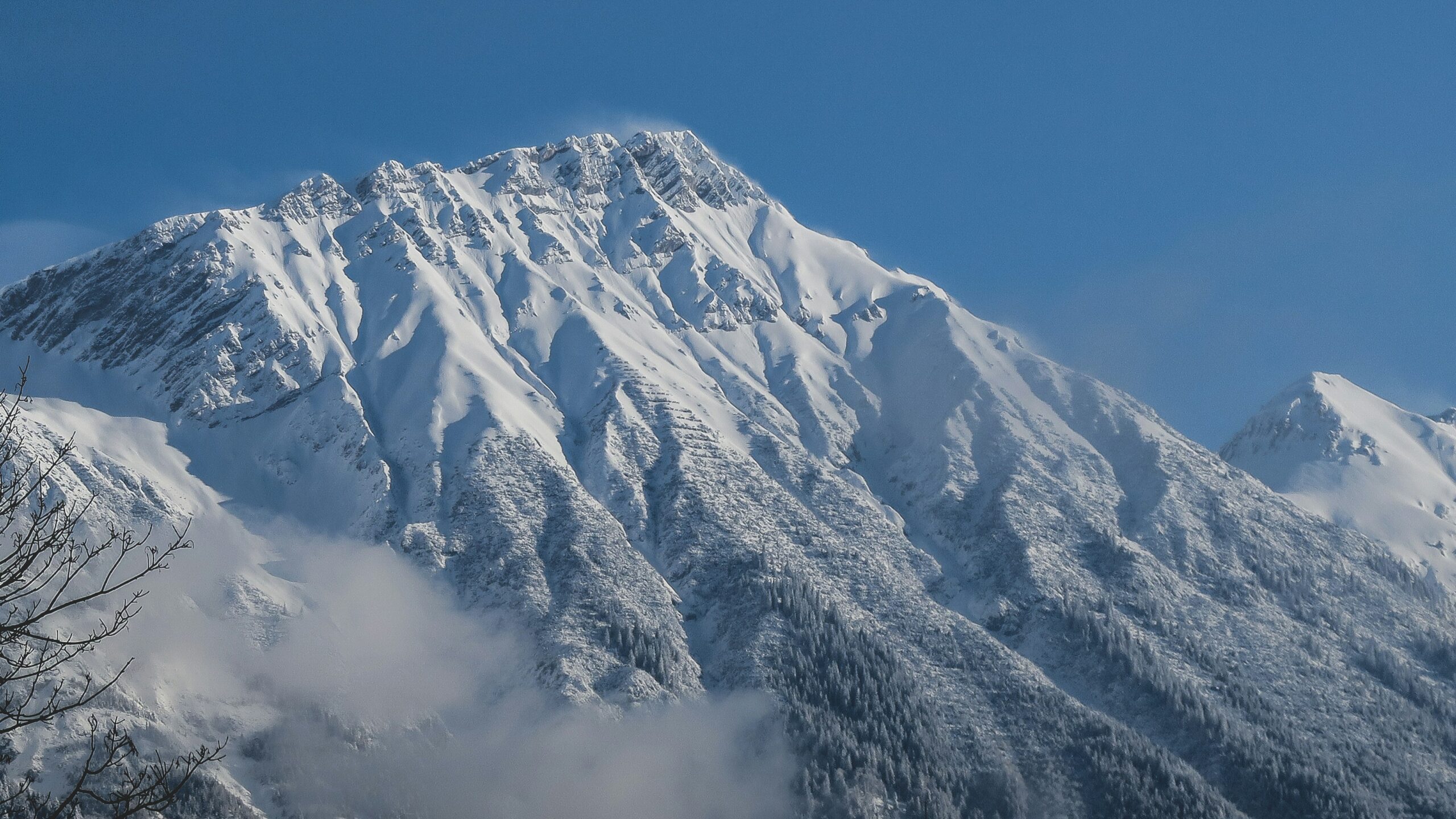Have you ever wondered how geography can influence tourism? Specifically, how might the elevation of a place like Mount Shasta City impact its tourism industry? Far from being just a statistic on a map, elevation can play a significant role in shaping a destination's allure, from its climate and weather to the recreational activities it offers. In this comprehensive guide, we’ll explore how elevation contributes to the tourism dynamics of Mount Shasta City. Let’s embark on a journey to understand how this city’s position on the map translates into unique visitor experiences.
Understanding Mount Shasta City’s Geography
The Basics of Mount Shasta City
Mount Shasta City, located in Northern California, is a charming community nestled at the base of the towering Mount Shasta. This region is characterized by its stunning natural beauty, including lush forests, clear lakes, and of course, the majestic mountain itself. But beyond its visual appeal, the city’s elevation is a pivotal component in defining its climate, ecosystem, and tourism potential. Situated at about 3,600 feet above sea level, Mount Shasta City offers an environment that’s different from regions at lower altitudes.
Elevation and Its Implications
Elevation refers to how high a location is above sea level, and it can significantly influence a region’s climate and weather patterns. For instance, places at higher elevations typically experience cooler temperatures compared to areas closer to sea level. In the case of Mount Shasta City, its elevation provides a moderate climate that is appealing to many visitors, particularly those looking to escape hotter areas. Additionally, the microclimates created by the elevation can lead to diverse flora and fauna, further enhancing the natural attractions of the area.
Climatic Benefits of Mount Shasta’s Elevation
Cooler Summers, Snowy Winters
One of the most direct implications of Mount Shasta City’s elevation is its pleasant summer climate. While nearby lower elevation areas might swelter under intense heat, Mount Shasta enjoys cooler temperatures, making it a perfect summer escape. This comfortable weather attracts tourists looking for outdoor adventures such as hiking, camping, and mountain biking without the oppressive heat found in other parts of California.
In contrast, the city’s elevation also ensures snowy winters, which opens the door to winter sports. Activities like skiing, snowboarding, and snowshoeing become popular attractions, drawing tourists during winter months. The presence of an extended winter sports season is a direct benefit of the city’s position above sea level.
Air Quality and Health Benefits
Elevation can also impact air quality, and Mount Shasta City stands as a testament to this. The area generally boasts good air quality due to its higher elevation and lesser pollution compared to urban centers. This factor can attract health-conscious tourists or those looking to improve their respiratory health while still enjoying outdoor activities.

Recreational Activities Shaped by Elevation
Hiking and Mountaineering
The elevation around Mount Shasta City creates perfect conditions for various outdoor activities. For hiking enthusiasts, the trails around the mountain provide formidable challenges and scenic views that range from alpine meadows to dense forests. The variety of terrains encourages both amateur and professional hikers to explore the area.
Mount Shasta itself, standing tall at approximately 14,179 feet, is a renowned mountaineering destination. The combination of its elevation and geographical features challenges even experienced climbers while offering breathtaking vistas as a reward. Every year, countless adventurers are drawn to the area specifically because the mountain’s elevation makes for a compelling climbing challenge.
Skiing and Snowboarding
As previously mentioned, the elevation ensures a good snowfall in the winter, which is essential for skiing and snowboarding. The Mount Shasta Ski Park is a popular destination that capitalizes on the city's elevation, providing slopes for beginners and advanced skiers alike. The elevation contributes to a reliable snowpack, often extending the skiing season longer than other lower-altitude resorts.
Impacts on Flora and Fauna
Biodiversity Around the Elevation
Elevation impacts the ecosystem and biodiversity of an area considerably. Mount Shasta City's elevation allows for a mix of plant and animal species. The varied climates along the mountain’s elevation gradient provide habitats for diverse flora and fauna. From the lower slopes, where you might find oak woodlands and meadows, to the upper reaches housing subalpine species, the ecological diversity is a draw for nature tours and ecological studies alike.
Wildlife Sightings
The array of wildlife supported by this elevation includes some captivating species such as black bears, mountain lions, and a variety of bird species. For wildlife enthusiasts and bird watchers, the opportunity to observe these animals in their natural habitat is a notable attraction. Tours often focus on the unique biodiversity that is only found at certain elevations, promoting an appreciation for the intricate balance in ecosystems.

The Cultural and Historical Appeal
Native American Heritage
Mount Shasta holds a revered place in Native American history and culture. Various tribes, including the Wintu and Karuk, have cultural ties to the mountain and its surroundings. The elevation of Mount Shasta contributes to its prominence as a spiritual landmark, and many tours include educational experiences about these cultural connections. This cultural depth adds a layer of tourism attraction beyond just adventure-based themes.
Historical Significance in Exploration
The mountain and its surrounds have been explored for centuries and hold a significant place in the history of exploration in the United States. Guided tours often explore these historical narratives, and the elevation played a role in exploration strategies and experiences. For history buffs, learning about the trials and triumphs of early explorers adds to the intrigue of visiting the area.
Accommodation and Infrastructure
Lodgings with a View
The elevation not only affects tourism in terms of natural activities but also influences the design and appeal of accommodations. Many lodging options capitalize on the stunning views afforded by the city's elevation, offering rooms that overlook the mountain and the valley below. The picturesque setting becomes an attraction in itself, drawing tourists looking for a retreat amidst nature.
Transportation Considerations
Getting to Mount Shasta City might require some planning due to its elevation and mountainous terrain. However, for adventure seekers, the journey is often part of the appeal. Once there, the infrastructure is designed to facilitate easy access to various scenic spots and recreational areas. Transport services, including shuttles and guided tours, ensure that despite the terrain, the city is accessible to tourists of varying mobility.

Sustainable Tourism and Conservation
Impact of Tourism on Elevation-Related Ecosystems
While the elevation of Mount Shasta City creates opportunities for diverse tourism, it also necessitates considerations for sustainable tourism. The ecosystems supported by the elevation are sensitive, and the influx of tourists can threaten their balance. Efforts to promote eco-friendly tourism ensure that the natural beauty and resources are protected for future generations. Conservation programs and eco-tourism initiatives aim to educate visitors on the importance of safeguarding these high-elevation environments.
Community Efforts in Sustainability
Local communities have taken steps to develop tourism strategies that promote sustainability. Whether through local businesses that practice environmentally friendly operations or conservation workshops offered to visitors, the aim is to balance economic benefits with environmental preservation. Community-driven programs highlight how tourism can support rather than exploit the unique elevation-related ecosystems.
Comparative Case Study: Similar Towns
How Other Elevated Towns Utilize Their Geography
Mount Shasta City is not unique in leveraging elevation for tourism—many towns across the world have capitalized on similar geographic features. Comparing Mount Shasta City with other elevated towns can provide insights into potential strategies for expanding and diversifying its tourism industry. For example, places like Aspen in Colorado and Chamonix in France also use their elevations to offer adventure sports and nature experiences. Examining their approaches can offer Mount Shasta City pathways for growth and improvement.
Lessons Learned and Potential Strategies
By looking at both similarities and differences, Mount Shasta City can adapt successful strategies from other elevated destinations and avoid potential pitfalls. Lessons in managing tourist influx, maintaining infrastructure, and promoting diverse cultural activities can be invaluable. The vision is to not only sustain existing attractions but to innovate and expand offerings that highlight the unique features of Mount Shasta’s elevation.
Conclusion: The Elevation as More Than Just a Number
In reflecting upon how elevation plays a role in Mount Shasta City's tourism industry, it becomes clear that elevation is more than just a physical characteristic; it is an influencer of climate, a facilitator of diverse ecosystems, a catalyst for recreational activities, and a preserver of cultural heritage. From the cool breezes of a summer hike to the thrill of a ski run, elevation enriches the visitor experience in Mount Shasta City in myriad ways. It stands as a testament to the significant role geography can play in shaping and sustaining a vibrant tourism industry. Understanding and embracing this is key to ensuring that tourism in Mount Shasta City remains relevant, appealing, and sustainable for generations to come.
